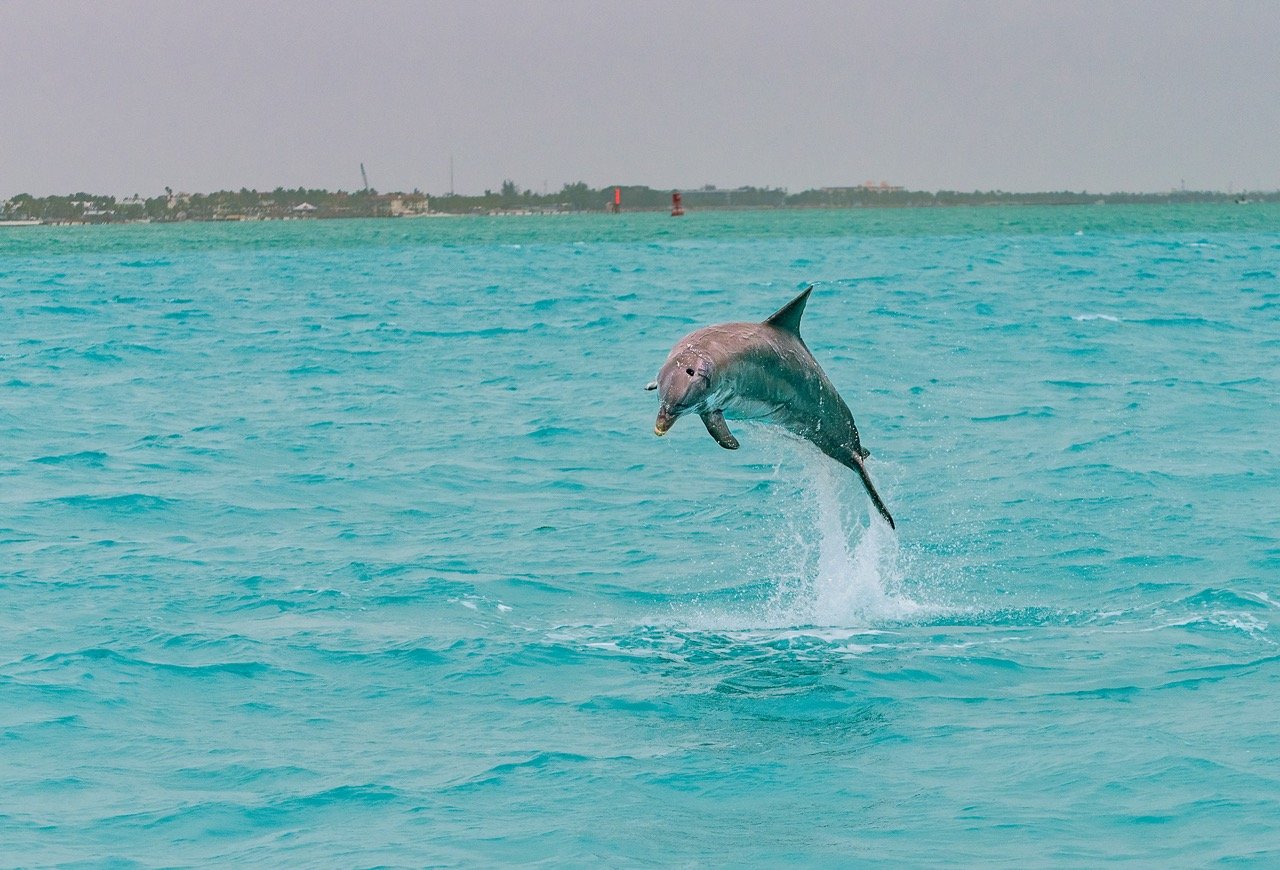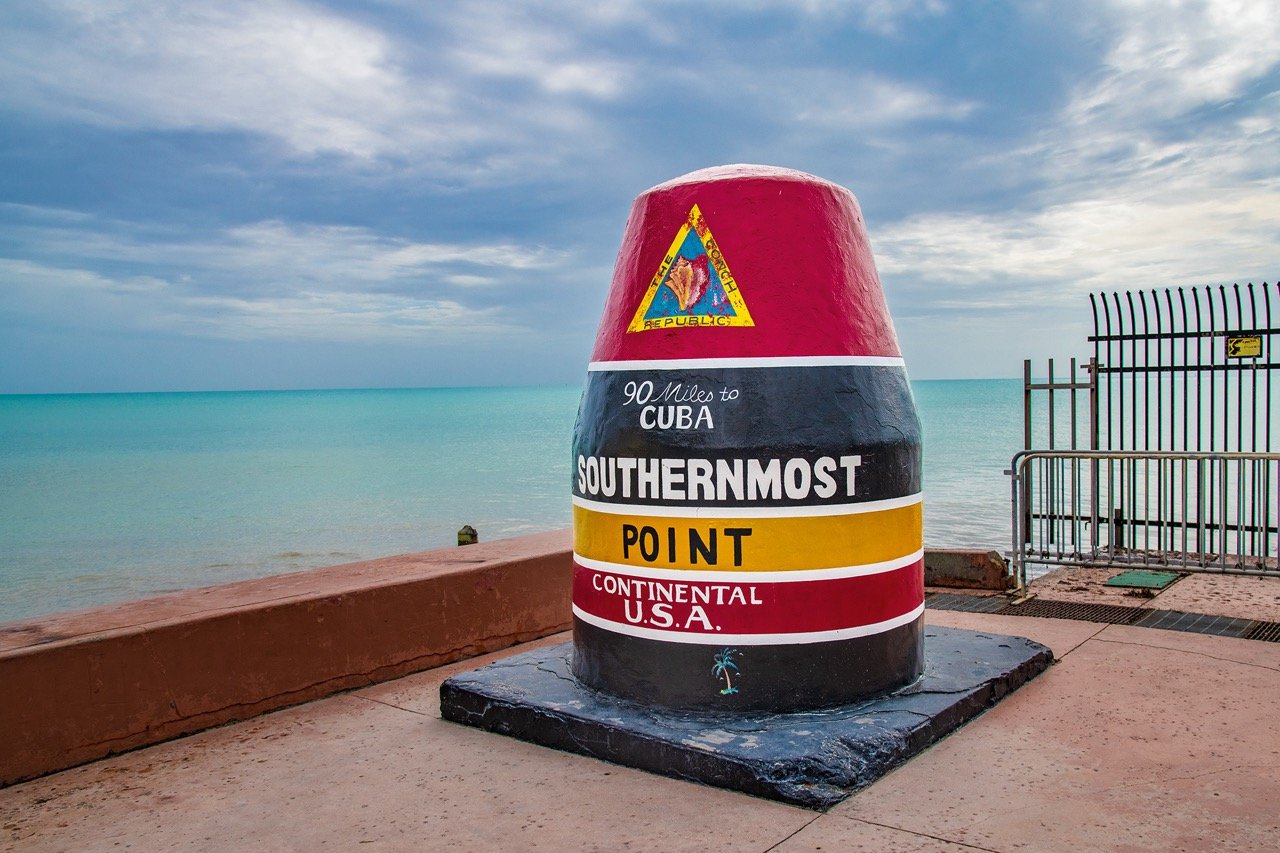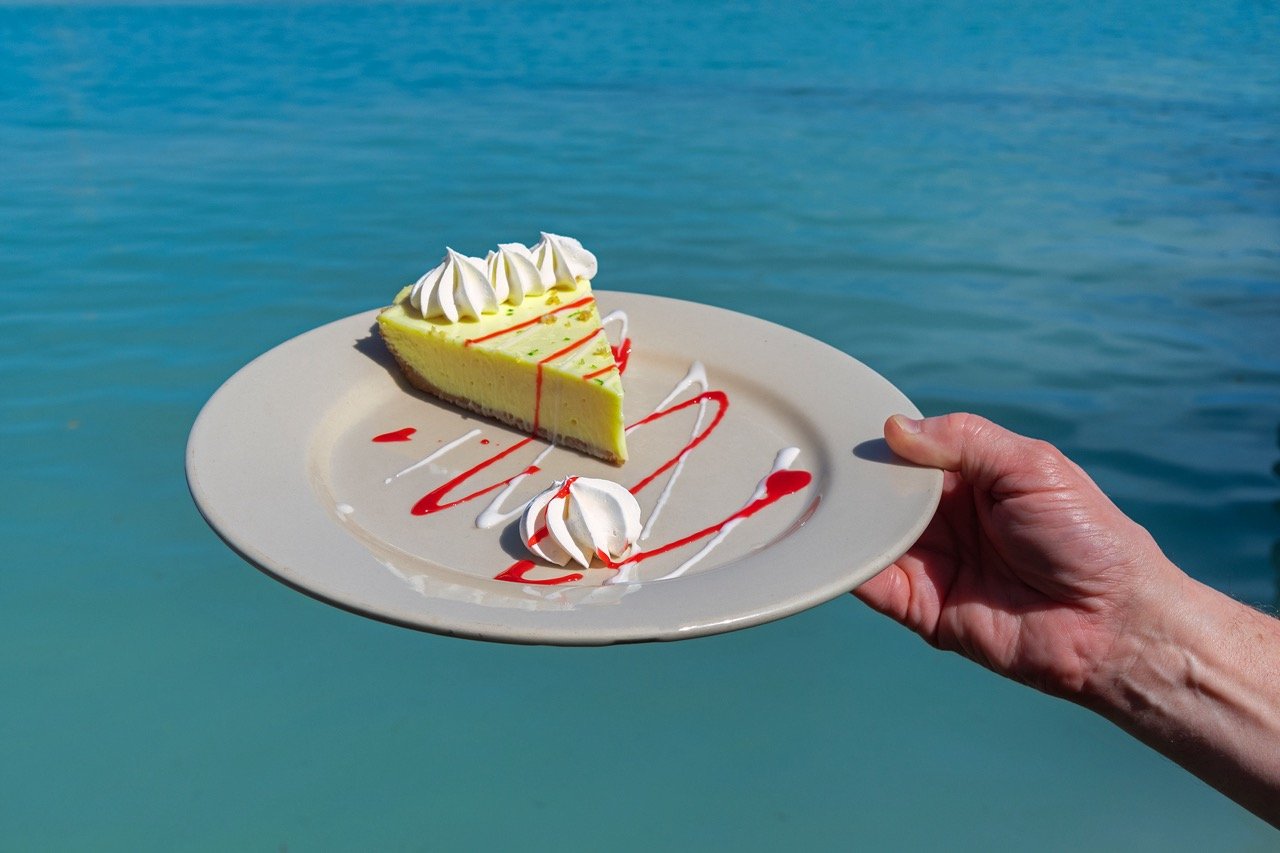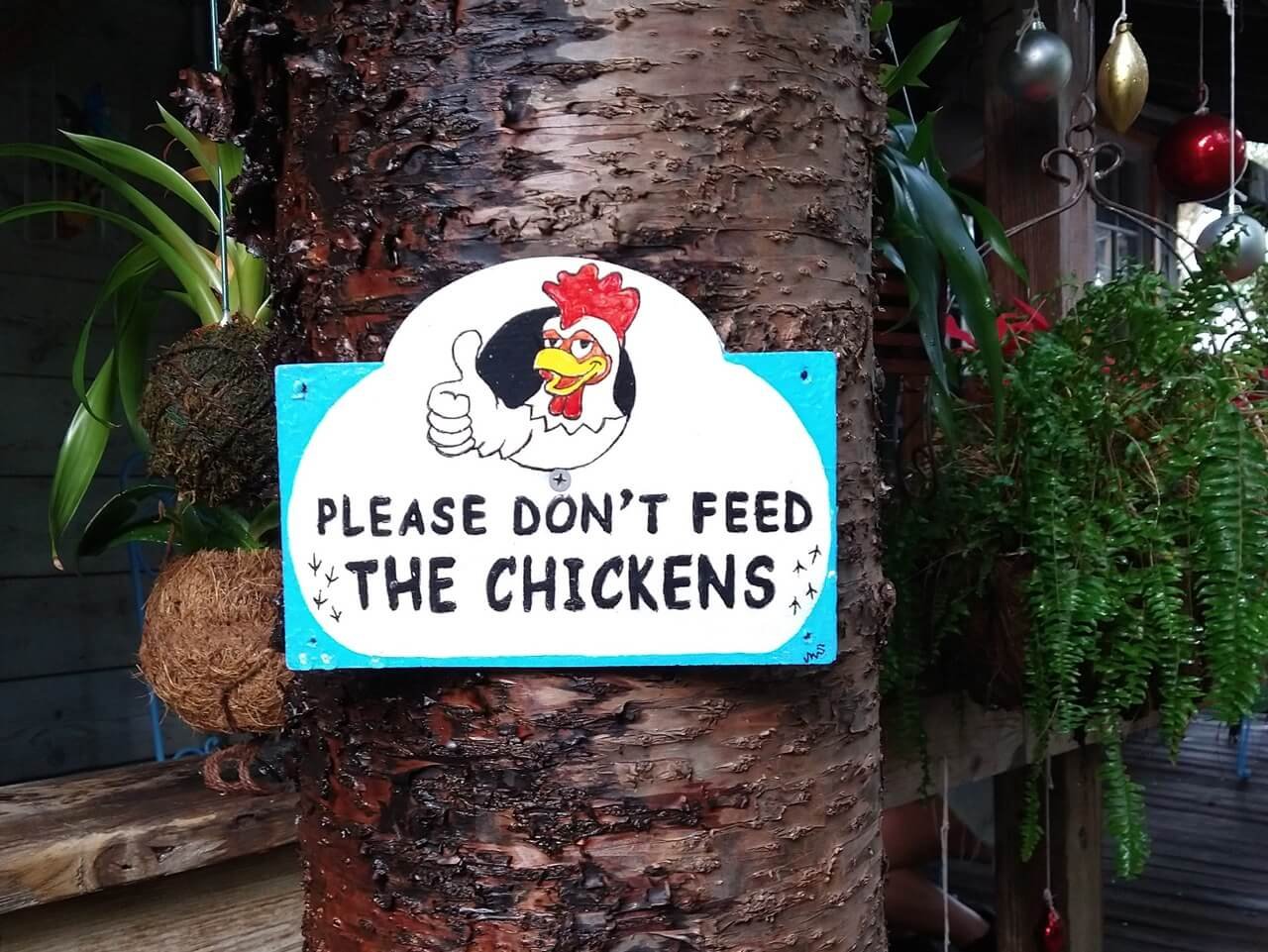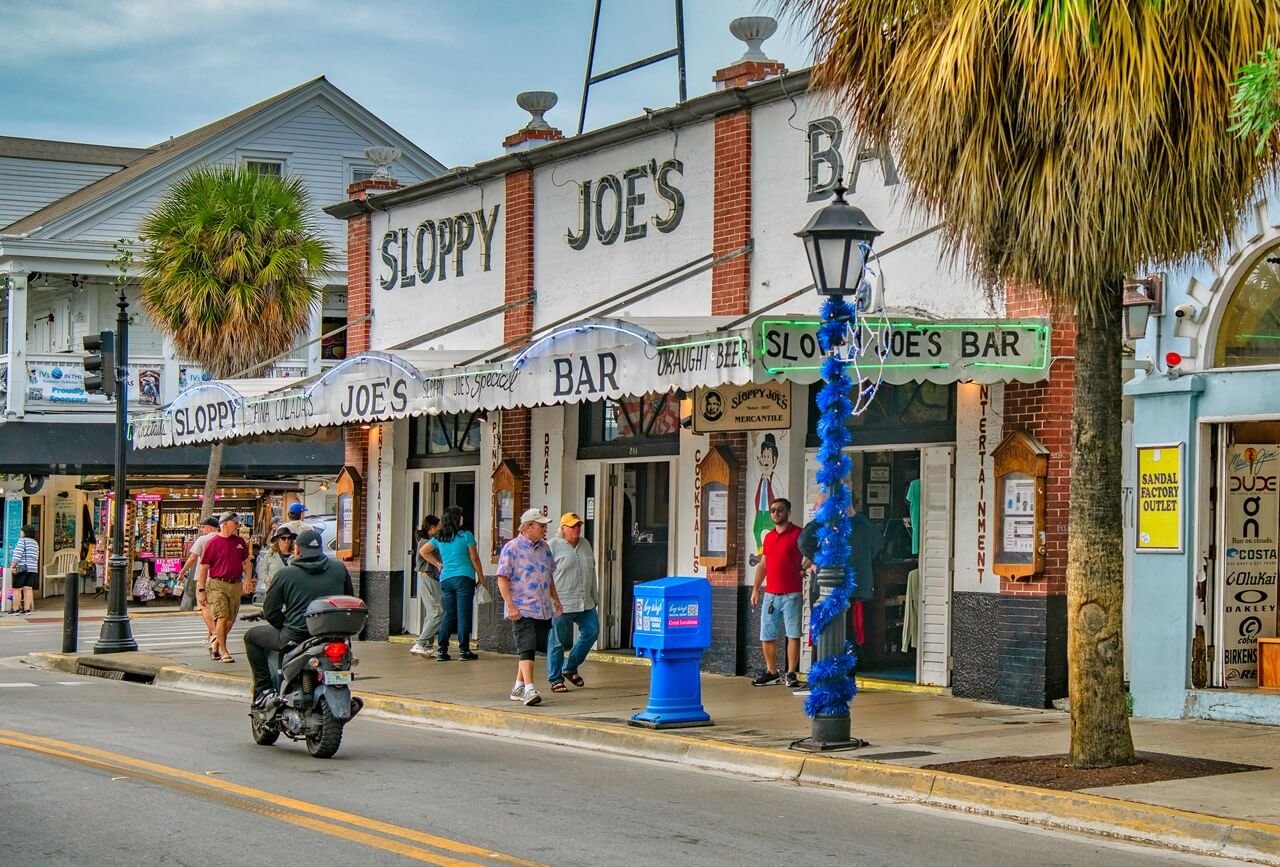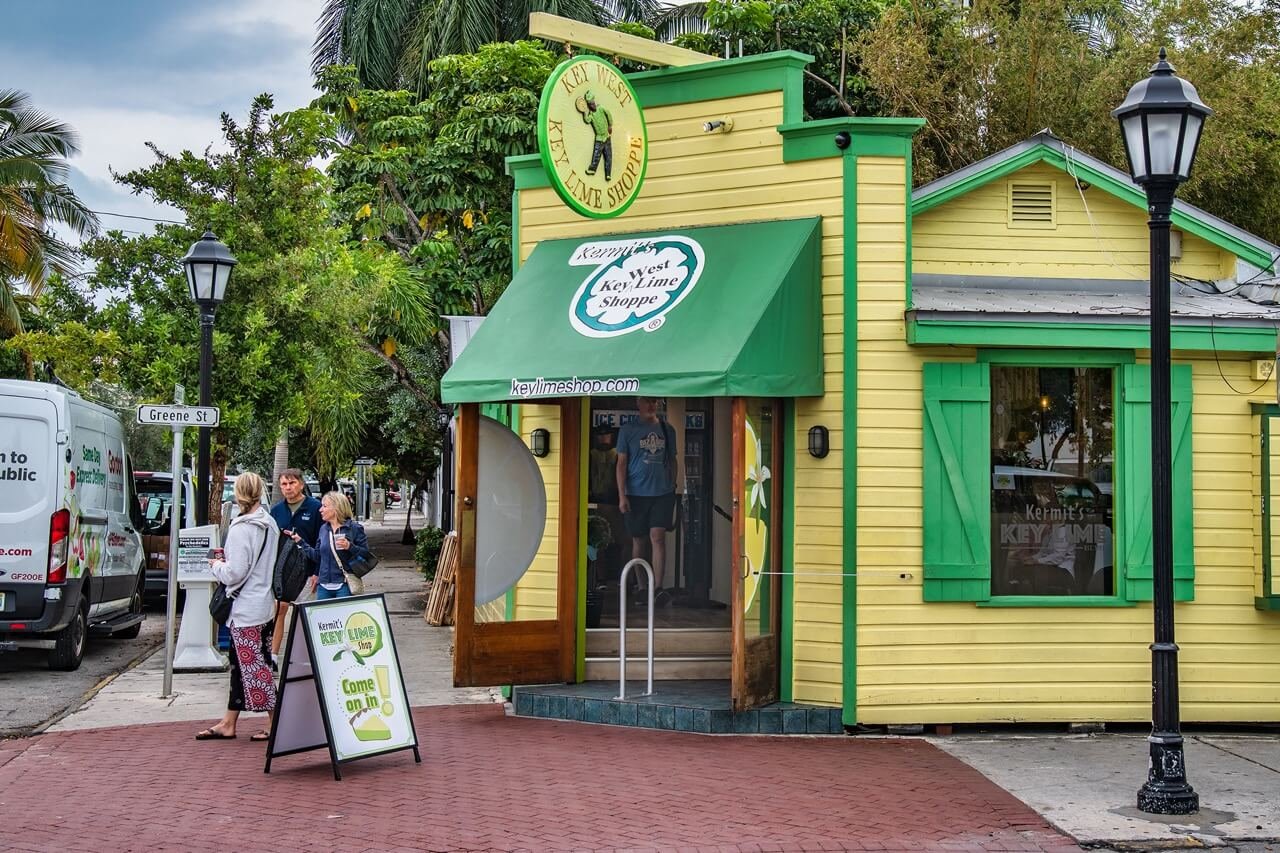The Top Florida Keys Activities: Experiences Not to Be Missed On Your Next Trip to the Keys!
No visit to Florida is complete without time spent diving through the Florida Keys. Our dear friends Robin and Arlene Karpan are back again today to share all of their top tips for how to plan your road trip through the Keys, including the top Florida Keys activities, how to get in and around the islands, where to stay, and the best restaurants to visit. Look no further than this guide when it comes to planning your Florida Keys getaway!
A dolphin jumping in the Florida Keys. Photo Credit: Robin & Arlene Karpan
The Florida Keys are like a string of pearls stretched across a turquoise sea. Some 1700 mostly small islands make up the archipelago extending southwest from the Florida mainland, their subtropical climate and environment resembling the Caribbean more than the rest of Florida.
The best part is that we can go island-hopping by car, following the 113-mile Overseas Highway with 42 bridges linking 44 islands. It’s unlike any other road trip in North America, where in many places it seems like a road floating on water.
Each island has its attractions. Key Largo is called the “Dive Capital of the World” while Islamorada prides itself as the “Sport Fishing Capital of the World”. Key West stands out for its off-beat, party-till-you-drop vibe, yet is home to many top natural, historic, and cultural attractions.
Please note that this article contains affiliate links. Simply put, this means we may receive a small commission for some of our recommendations at absolutely zero additional cost to you.
Travel To and Getting Around the Florida Keys
Kayakers venture in and around the Overseas Highway. Photo Credit: Robin & Arlene Karpan
A road trip along the unique Overseas Highway is a key part of the experience.
The most convenient option is to fly into Miami Airport and pick up a car. From there it’s about 60 miles or 100 km to Key Largo, the first island. You can also fly directly to the smaller Key West Airport, though that option is best suited for those wanting to stay in Key West, rather than exploring other islands as well.
Since Key West has limited and expensive parking, consider leaving your car at your accommodation. Almost everything in Old Town Key West and the waterfront area is within walking distance, or you can take the hop-on-hop-off trolley service between attractions. Some hotels farther from the centre offer free shuttle service to Old Town, too.
Where to Stay When You Visit the Keys
Ocean views on Amara Cay Resort on Islamorada. Photo Credit: Robin & Arlene Karpan
Accommodation options are mind-boggling across The Keys, from simple digs to luxury resorts. Here are three possibilities to get you started on your hunt for the perfect place to stay on your trip.
Margaritaville Beach House in Key West: Located near Smathers Beach, and paying tribute to Jimmy Buffet’s smash hit “Margaritaville”, the 186-unit resort is spread around a large central swimming pool. A nice touch is frequent free shuttle service to Key West’s Old Town.
Hawks Cay Resort: The only resort on small, secluded Duck Key, it covers 60 acres and features a saltwater lagoon in addition to swimming pools. The resort received the AAA Four Diamond Award, and is a member of the Preferred Hotel Group Lifestyle Collection.
Amara Cay Resort on Islamorada: One of the top resorts on the Upper Keys, it has received a reader’s choice award by CondeNast Traveler.
Activities You Can’t Miss in the Florida Keys
From embracing the history of the Florida Keys, to diving into this region’s quirkiness, here are some of the many things that you shouldn’t miss on your trip to this exciting archipelago:
Sail with Bogie on the African Queen
The historic “African Queen” from the famous movie of the same name. Photo Credit: Robin & Arlene Karpan
Humphrey Bogart looms large in Key Largo, especially since the movie “Key Largo” was filmed here. But the biggest connection today is to another movie, “The African Queen”, which won Bogart the only Oscar of his career. The film takes place in Africa during World War I. Bogart plays a gin-swilling riverboat operator who rescues a straight-laced missionary played by Katharine Hepburn. The mismatched couple outsmart the German military, have endless hair-raising adventures, and fall in love along the way.
The original boat from the 1951 movie eventually ended up in Key Largo where it was restored, registered as an historic site, and is now used for short cruises. Most visitors are surprised to find that it was first an ordinary workaday steam-powered vessel plying the rivers of Africa.
Captain Eddie started our cruise with the lowdown on the boat and movie, along with plenty of behind-the-scenes trivia. The African Queen flies the Union Jack because it was a British vessel in the movie. Queen Elizabeth herself approved of continuing to fly the flag in the United States, since she was a fan of the movie.
The 90-minute cruise travels along the canals to the ocean and back. A must for classic film buffs, it’s less about the trip and more about the storied boat.
A museum you’ll want to dive into
Learning all about underwater exploration at the History of Diving Museum. Photo Credit: Robin & Arlene Karpan
The History of Diving Museum in Islamorada is one of the most surprising museums we’ve come across. You don’t have to be a diver to appreciate this place. Doctors Joe and Sally Bauer spent over 40 years putting together one of the world’s largest collections of diving equipment.
It traces early attempts to walk on the ocean floor right to the latest in high-tech gadgetry. Most fascinating are the early bizarre homemade contraptions resembling barrels with stovepipes, or designs that seem straight out of “20,000 Leagues Under the Sea”. Some innovative helmet designs even made it easier for divers to smoke underwater.
There’s everything from the development of underwater photography to military diving, and an impressive Parade of Nations Gallery featuring diving helmets from around the world.
A large exhibit deals with treasure hunting, which has long been important in the Florida Keys. Several artifacts are displayed from sunken Spanish galleons, including a massive silver bar so heavy that it’s almost impossible to lift by hand. To be sure you’re up on the latest politically correct terminology, sunken treasure is now “submerged cultural resources.”
Take a food tour on Islamorada
Robbie’s on Islamorada. Photo Credit: Robin & Arlene Karpan
To put the food scene in perspective, a great place to start is Florida Keys Food Tours run by Craig Zabransky. More than just food, Craig’s tours are sprinkled with stories of the islands’ fascinating places, history, and culture. He started by introducing us to the strong Cuban influence on the islands’ cuisine as we sipped high-octane Cuban coffee and nibbled tasty ham and cheese Cuban sandwiches, veggie fritters, and other snacks.
Then it was off to try samples in some of the area restaurants. Since seafood is especially big in the Keys, the next stop was the Shrimp Shack to try classic shrimp fritters and coconut shrimp. The eatery skyrocketed to fame a few years ago when Food Network star Guy Fieri featured the fritters on his show Diners, Drive-Ins and Dives.
We finished the tour at Morada Bay Keys Beach Café in time for sunset on the patio, enjoying black grouper fish tacos with a Morada vodka spritzer. The drink came garnished with purple flowers, quite fitting since “Islamorada” is Spanish for “purple island.”
Craig has another take on the colour purple: “In the US, we have red states and blue states, each with strong political views. But here everyone comes together to become purple.”
Relive history at Pigeon Key and the Seven Mile Bridge
The longest and most impressive of the many crossings on the Overseas Highway is the Seven Mile Bridge. When completed in 1912, it was the longest bridge anywhere, and was even dubbed “the eighth wonder of the world”.
The place to relive these early years is tiny Pigeon Key, a five-acre island along the bridge, preserved as an historic site. In the early 1900s, it was a base for workers building the bridge and the Overseas Railway stretching to Key West. It is a tumultuous story of larger-than-life promoters and workers plagued by mosquitoes, crocodiles, heat stroke and snake bites.
The ill-fated railway was destroyed in the powerful 1935 hurricane, which also took hundreds of lives. A highway replaced the tracks in the late 1930s, making it one of the longest over-water highways in the world.
The original narrow bridge was replaced by a new one in 1982, bypassing Pigeon Key. A two-mile section of the old bridge between Marathon Key and Pigeon Key recently opened to pedestrians and cyclists. A trolley operates for those who prefer not to walk.
Embrace the history, culture, and quirkiness of Key West
The Ernest Hemingway home on Key West. Photo Credit: Robin & Arlene Karpan
Key West is the most southerly road-accessible island and the most famous. A lot is packed into this two-by-four-mile chunk of sand and coral that is closer to Cuba than to the Florida mainland.
Key West preserves much of its historic architecture, with many buildings associated with larger-than-life personalities operating as museums.
We can see President Harry S. Truman’s “Little White House,” where he spent many winters escaping the cold of Washington; and the house of acclaimed ornithologist John James Audubon. But no personality pervades Key West’s history more than Ernest Hemingway.
The spacious Spanish colonial house where he lived in the 1930s and wrote many of his famous novels is now a museum. While Papa Hemingway is long gone, his cats live on. Hemingway was once given a six-toed cat by a sea captain and it is believed that many of the 50 or more felines roaming every corner of the house and grounds are its descendants. Today, you can visit the Ernest Hemingway home to visit its colony of cats for yourself.
Key West celebrates its oddball, anything-goes nature. Once it even seceded from the United States. Well…sort of. In 1982 the US Border Patrol set up roadblocks to the Keys to search for drug smugglers and illegal aliens. This caused traffic tie-ups and hurt tourism. The mayor of Key West declared that since the government was treating them like a foreign country, they would secede and become the independent Conch Republic. They even attacked a US Coast Guard Ship by throwing conch fritters at it.
The wildly successful publicity stunt garnered widespread media coverage and the roadblocks ended. But they had so much fun that the Conch Republic continues to have annual “independence” celebrations.
Something you can’t help but notice is chickens wandering everywhere and roosters crowing in the middle of the city. Many were brought from Cuba years ago for cock-fighting, then abandoned when it became illegal. The chickens went wild, multiplied, and thrived. Now they are treated as a normal part of the environment.
Wandering around Key West is a combination of soaking up the history, checking out the beaches, admiring the dazzling residents at the Key West Butterfly & Nature Conservatory, taking an obligatory selfie at the Southernmost point buoy, which is the marker of the southernmost point in the continental United States, and enjoying the carnival atmosphere at sunset in Mallory Square.
If you’re interested in learning more about the history of Key West, many people read the book Mile Marker Zero: The Moveable Feast of Key West by William McKeen. It’s a tale of how so many writers, celebrities and notable figures found their identities in Key West, and how they impacted generations to come in the 1970s and beyond.
Check out the Duval Street Pub Crawl
Sloppy Joe’s Bar on Duval Street, Key West. Photo Credit: Robin & Arlene Karpan
If all the touring around Key West is making you thirsty, help is on the way. Key West has a reputation as one of the top party towns in the United States. Duval Street alone has 43 bars, not to mention countless others scattered around the small island.
It’s hard to resist some based on their names alone, like the Hog’s Breath Saloon with the motto “Hog’s breath is better than no breath at all”. Then there’s The Smallest Bar—that’s its formal name. This tiny hole-in-the-wall, about the size of a jail cell, has only three bar stools and bills itself as intimate and cozy. No kidding.
The most well-known is Sloppy Joe’s Bar, a lively spot that was Ernest Hemingway’s favourite watering hole. Hemingway supposedly had a hand in urging owner Joe Russell to add “sloppy” to the name. The floor was always wet with melted ice, and patrons often told Joe how sloppy his place was. A highlight is the bar’s annual Hemingway look-alike contest.
If, after a few drinks, you lose your inhibitions, you might wander over to the Garden of Eden. Its motto is “Drinking is mandatory—clothing is optional”. And no, there is no “cover charge” if you wear clothes. The bar has nightly live music, giving a whole new meaning to dancing cheek to cheek.
Head out on the water
Key West Sunset. Photo Credit: Robin & Arlene Karpan
Options to get out on the water range from sightseeing to sailing, diving, snorkeling, kayaking, and more. The most relaxing and pleasant excursion is a sunset cruise, such as the one we did on the SV Argo Navis. This 75-foot luxury catamaran with sails heads to where the Atlantic Ocean meets the Gulf of Mexico and returns to the harbour just as the sun is going down and the sky lights up. The ticket price includes several snacks and an assortment of fine wines, local craft beers, and specialty cocktails.
To see what’s in the water, it’s hard to beat Fury’s Dolphin Watch trip with Fury Water Adventures. It’s the only company in the Keys to have “Dolphin SMART” certification that protects and promotes responsible dolphin watching. We saw several playful creatures approach the boat and some even treated us to impressive leaps out of the water. Watching dolphins in the wild is a completely different experience from seeing them in aquariums or marine parks.
Other Places Worth Considering
There are several protected natural parks in the Florida Keys worth checking out if you have the time. Dry Tortugas National Park, Bahia Honda State Park, or John Pennekamp Coral Reef State Park (which was the first undersea park in the United States) are all excellent options. Double check information on how to plan your trip to each of these parks ahead of visiting.
If American Civil War history interests you, Fort Zachary Taylor Historic State Park, also known as “Fort Taylor”, is a National Historic Landmark and Civil War-era fort which played a significant role in the early days of Florida State.
Where to Eat in the Florida Keys
Pie aficionados have to visit Kermit’s Key Lime Shop in Key West. Photo Credit: Robin & Arlene Karpan
With seafood high on the list of specialties, you’ll be spoiled for choice. Here are but a few of the many options:
Key Largo Conch House: A smaller, family-owned gem on Key Largo. Conch Fritters loom large, along with an array of other fresh seafood. They have been featured on the Food Network and Travel Channel.
The Fish House: Another Key Largo specialty which is both a restaurant and seafood market. The fish is as fresh as it gets, bought whole from local fishermen and filleted on-site.
Chef Michael’s: This well-regarded restaurant on Islamorada leans more toward upscale fine dining. The sign out front proclaims “Peace, Love, and Hogfish”, so we had the hogfish topped with Adriatic sauce, which turned out to be a great choice.
Half Shell Raw Bar: Casual eating at its best, diners sit at long picnic tables overlooking Key West’s bustling waterfront. Despite the name, raw offerings are only a part of the many seafood dishes that include everything from conch chowder to lobster egg rolls.
Blue Heaven: This Key West eatery is so casual that chickens freely wander in and out. Years ago, the historic venue was used for cock fights and boxing matches refereed by Ernest Hemingway.
Key lime pie deserves special mention, because here it is more a religion than a dessert. Where to get it? Everywhere! Debates rage on whether it should be sweeter or tarter, topped with meringue or whipped cream, thick crust or thin. Blue Heaven smothers theirs in mile-high meringue. Pie aficionados should also visit Kermit’s Key Lime Shop in Key West. The range of pies and practically anything else you can think of made with key limes will have you turning green in no time.
A Final Case for Why You Should Visit the Florida Keys
Sunset cruise views. Photo Credit: Robin & Arlene Karpan
Our biggest takeaway from the Florida Keys is that they appeal to a wide range of visitors—beach bums, families, foodies, divers, snorkelers, nature lovers and those who like to party round the clock.
It’s great for history buffs, or those who like to drink in the buff. These pearls in the sea have it all.

